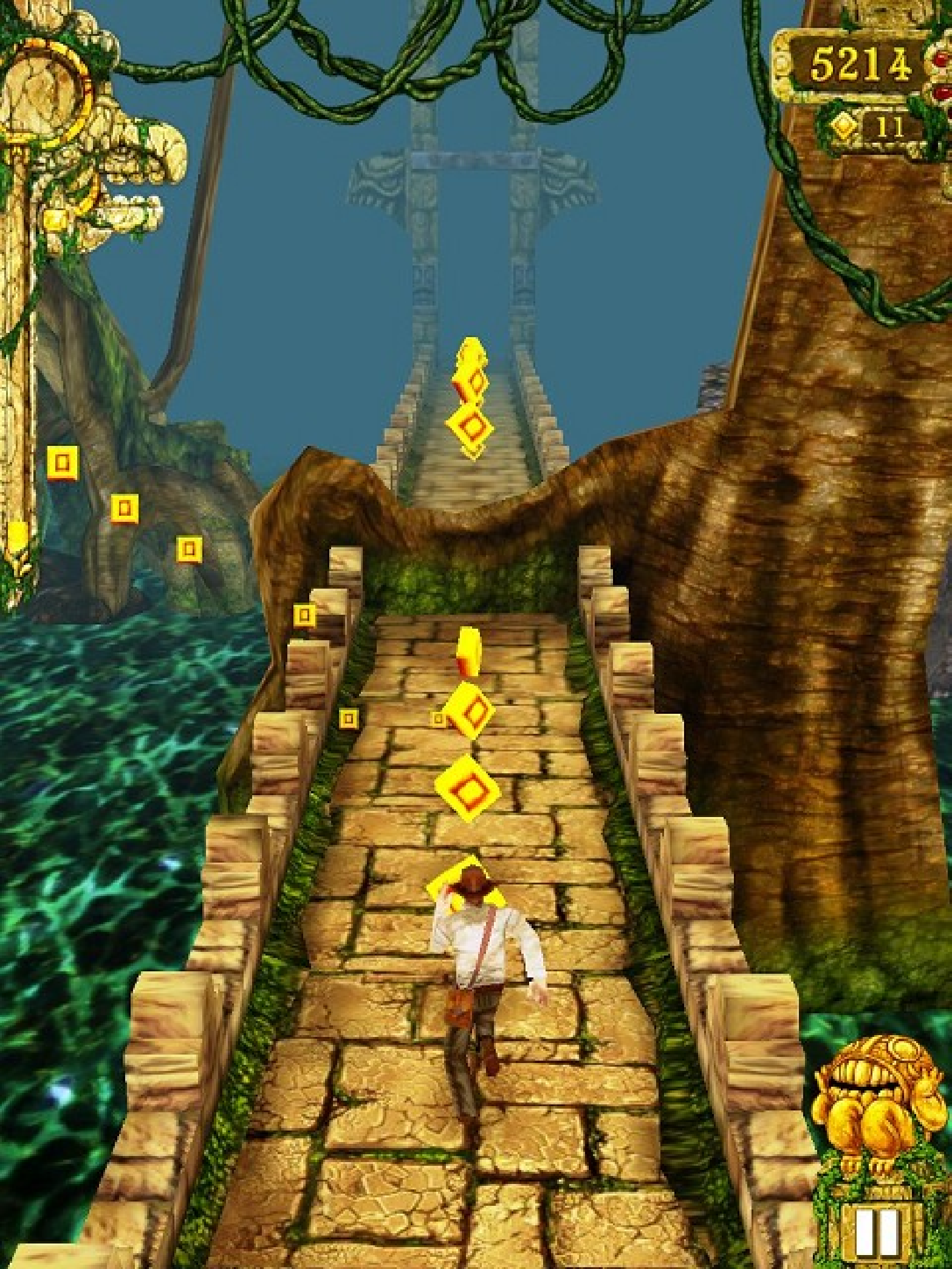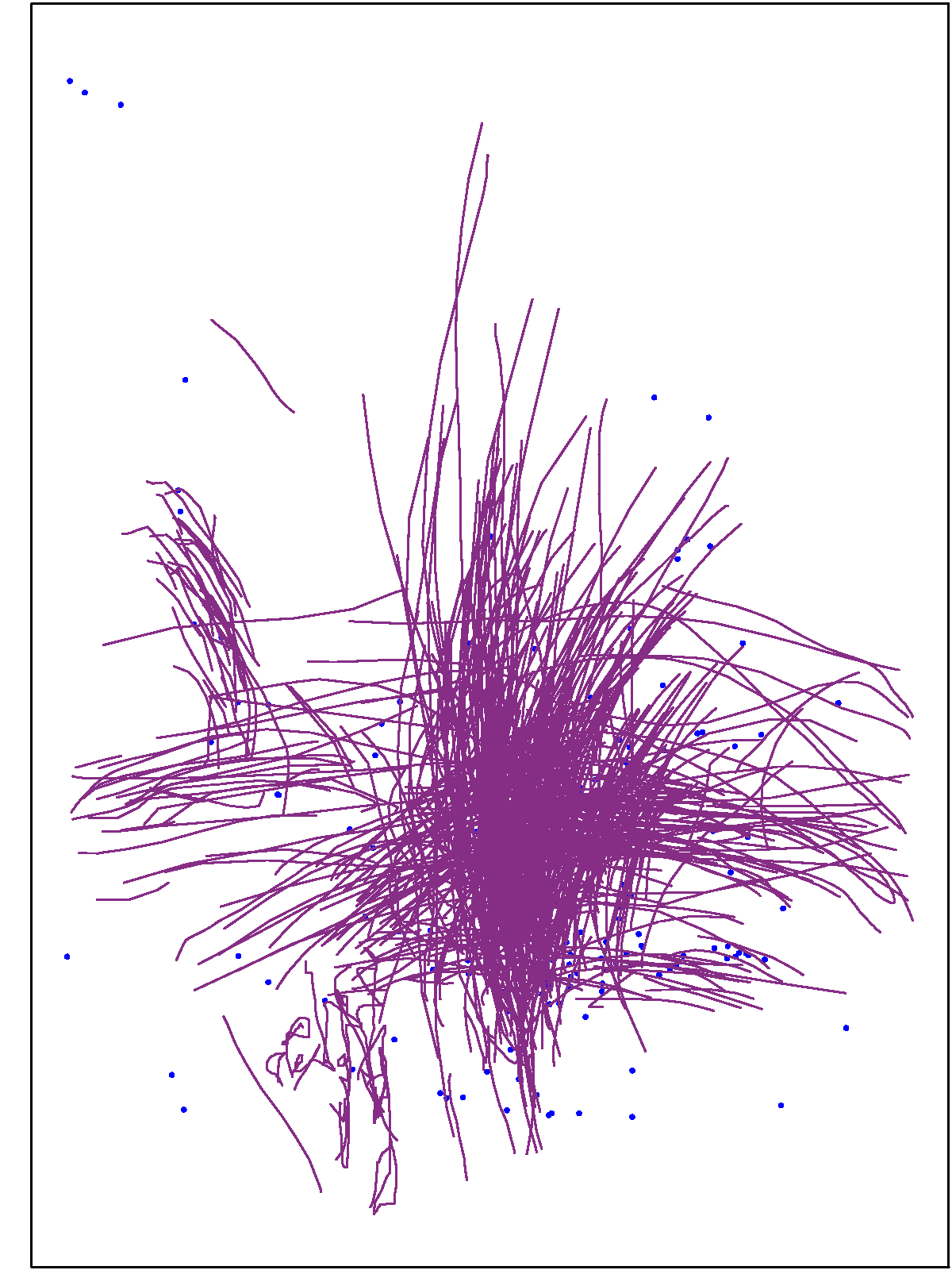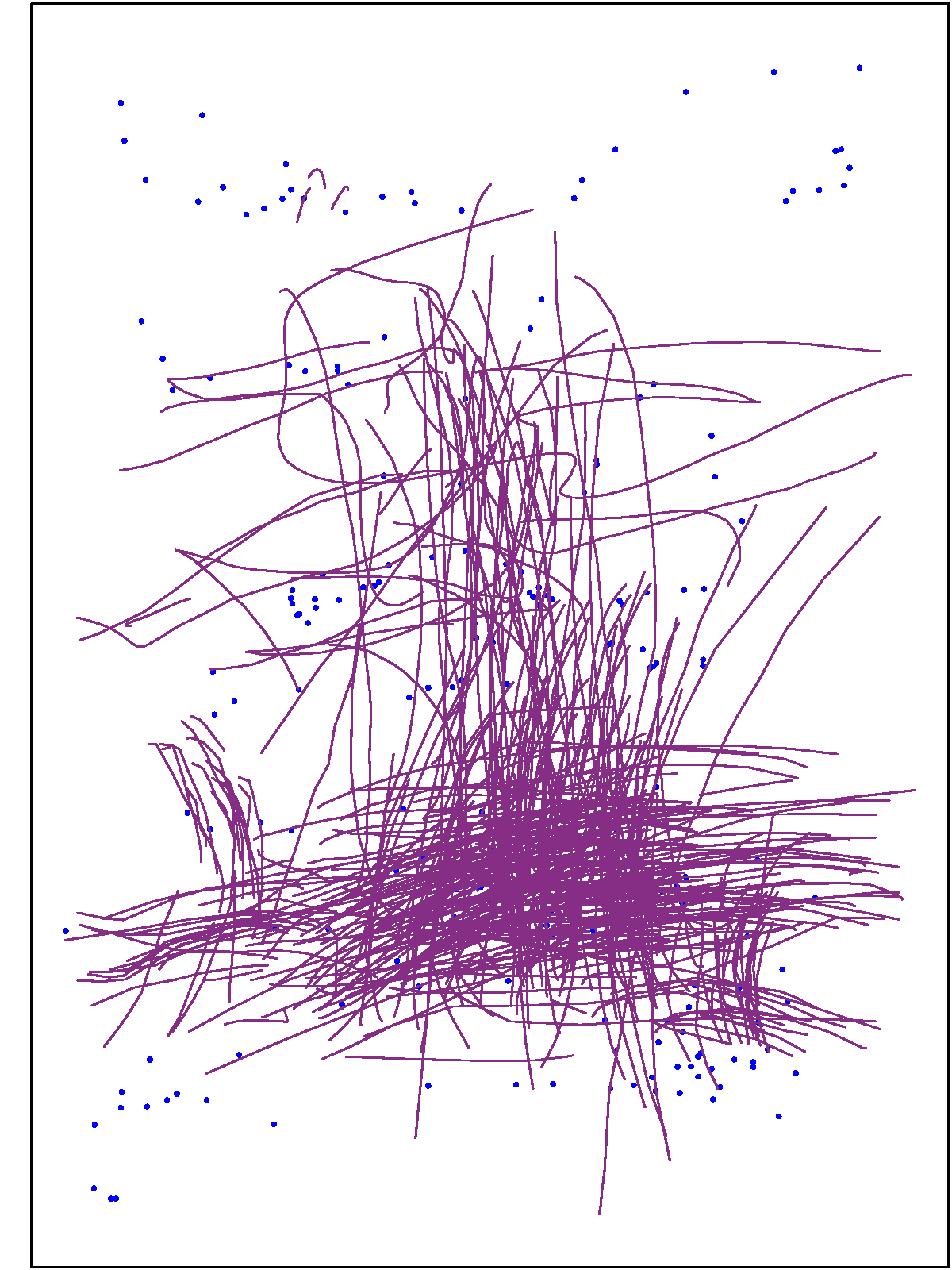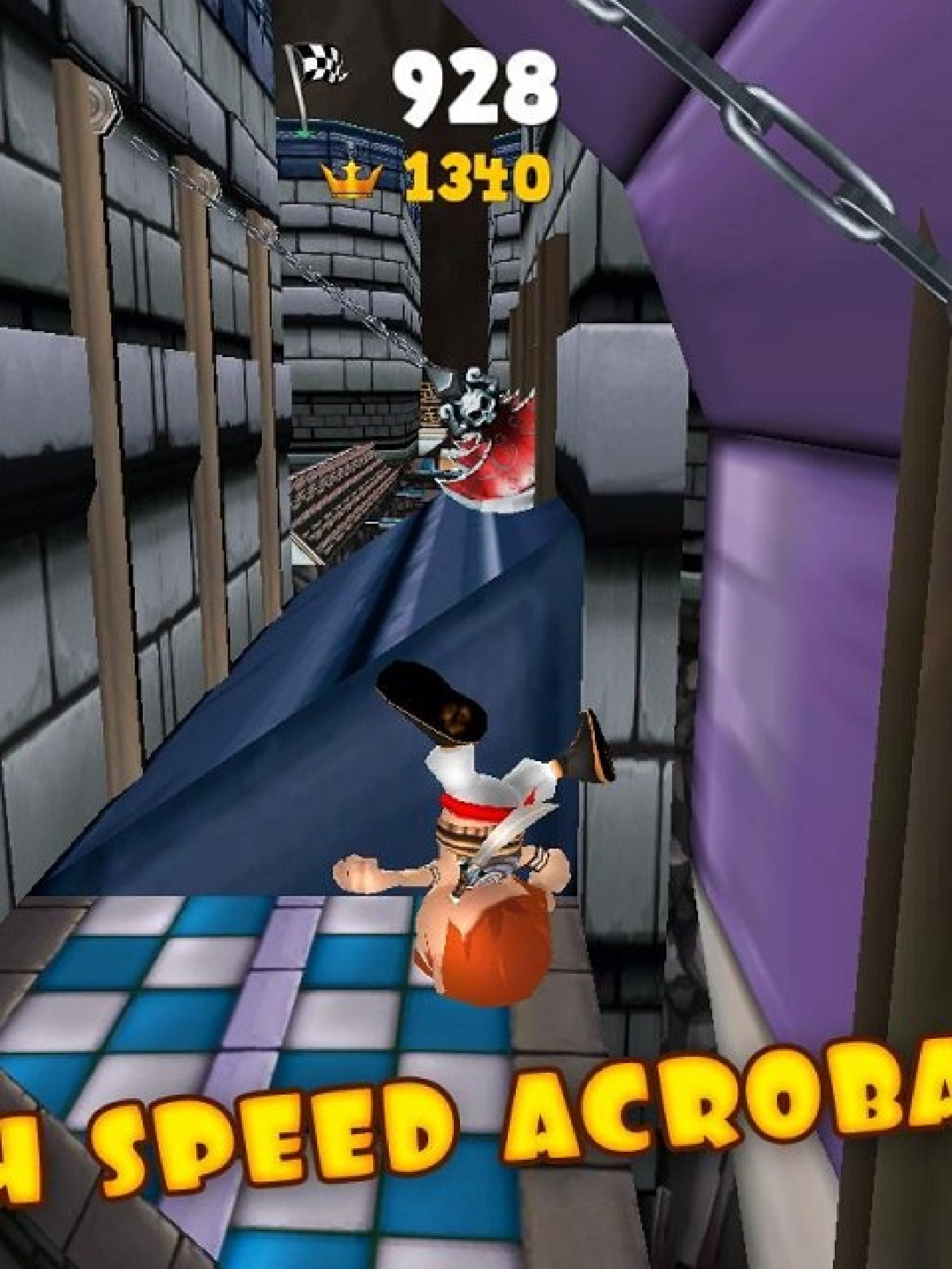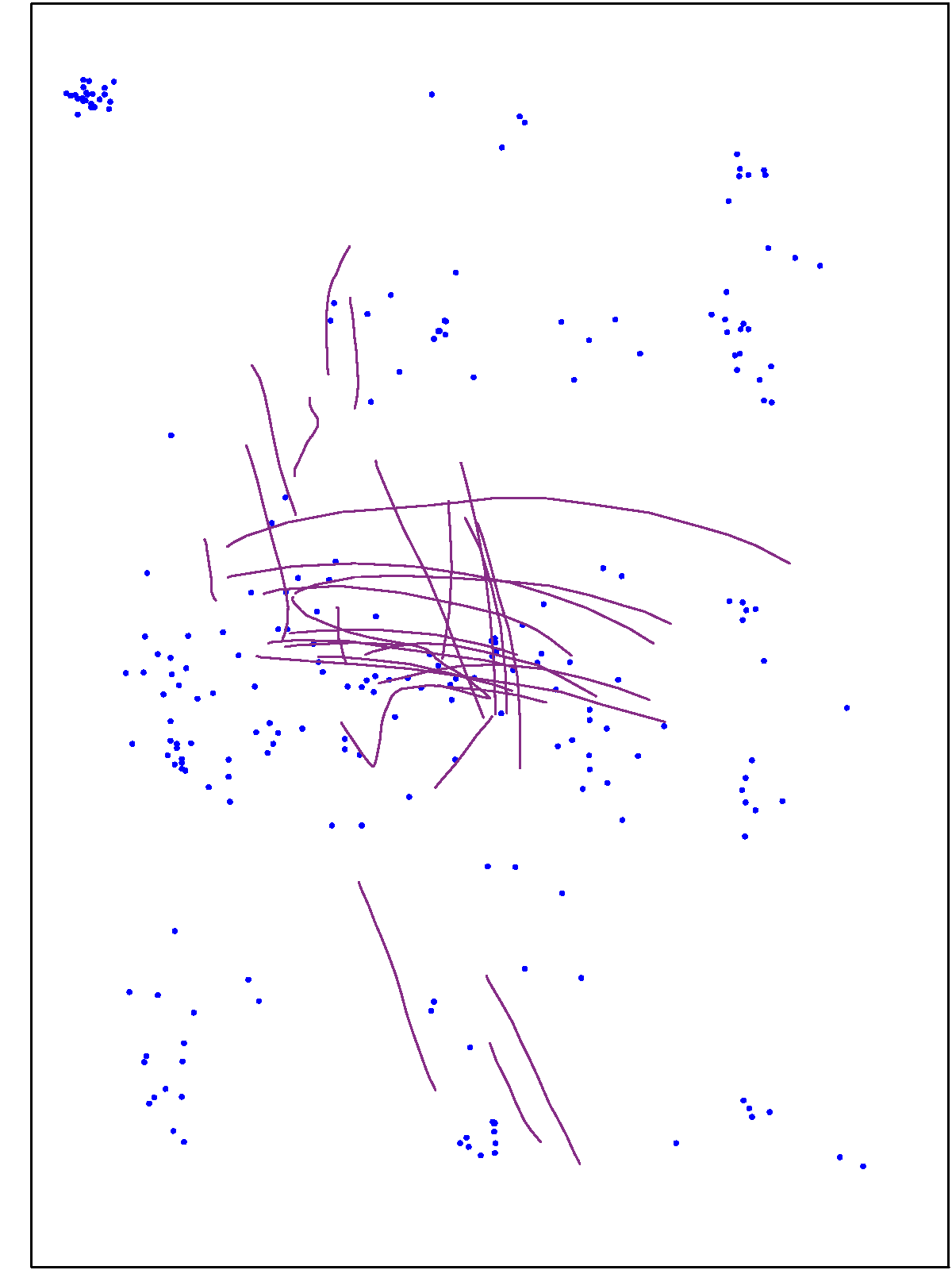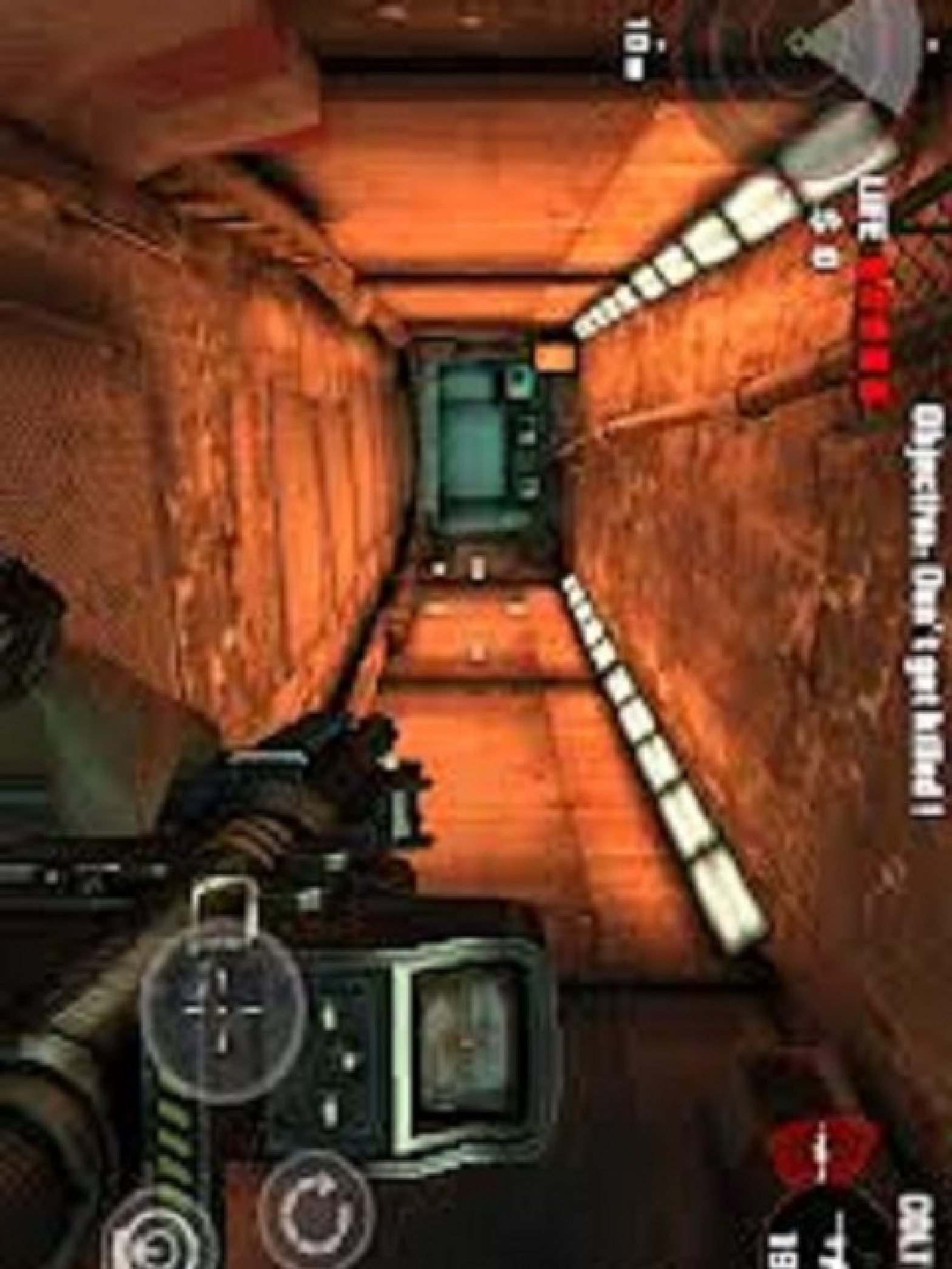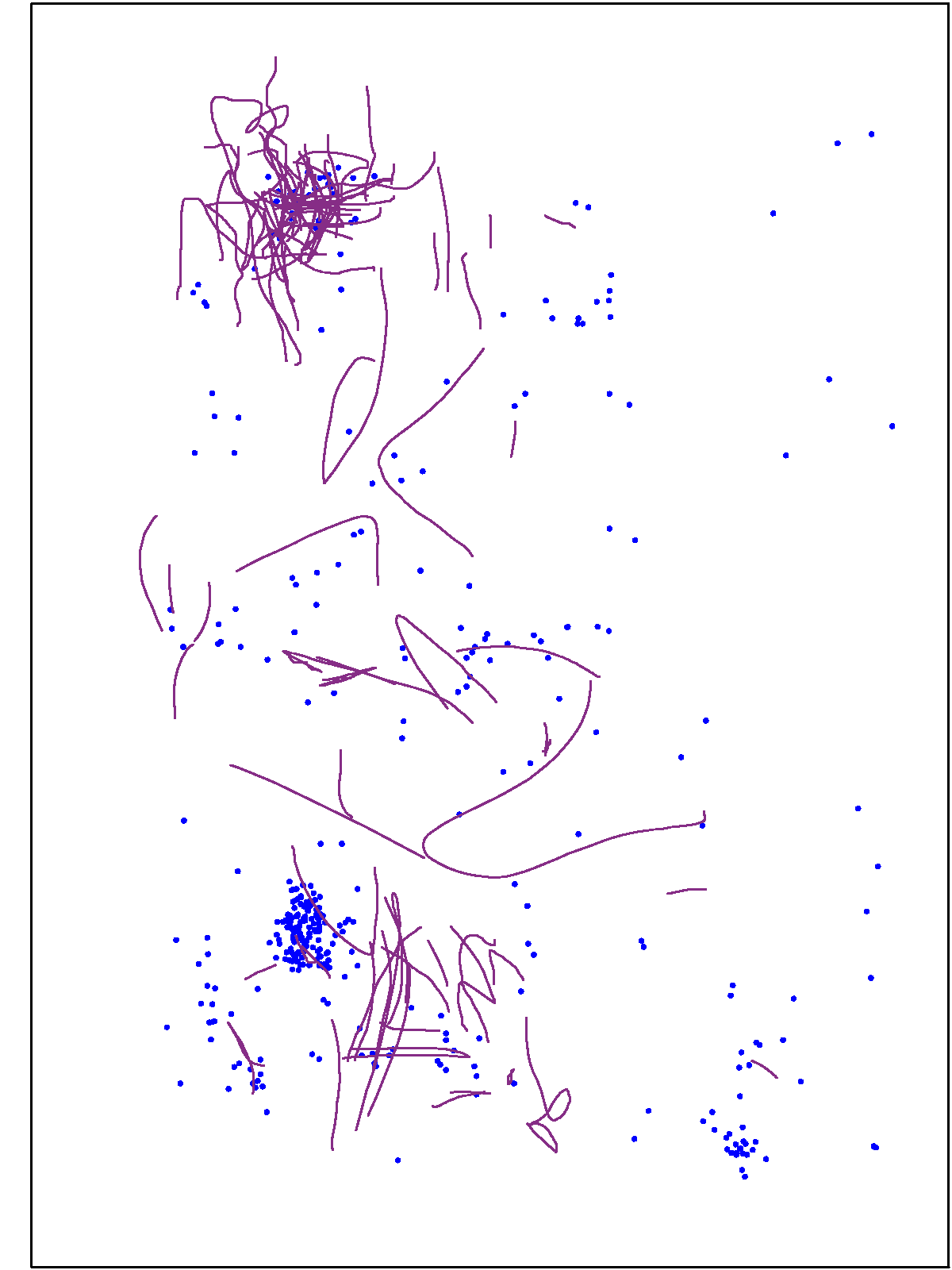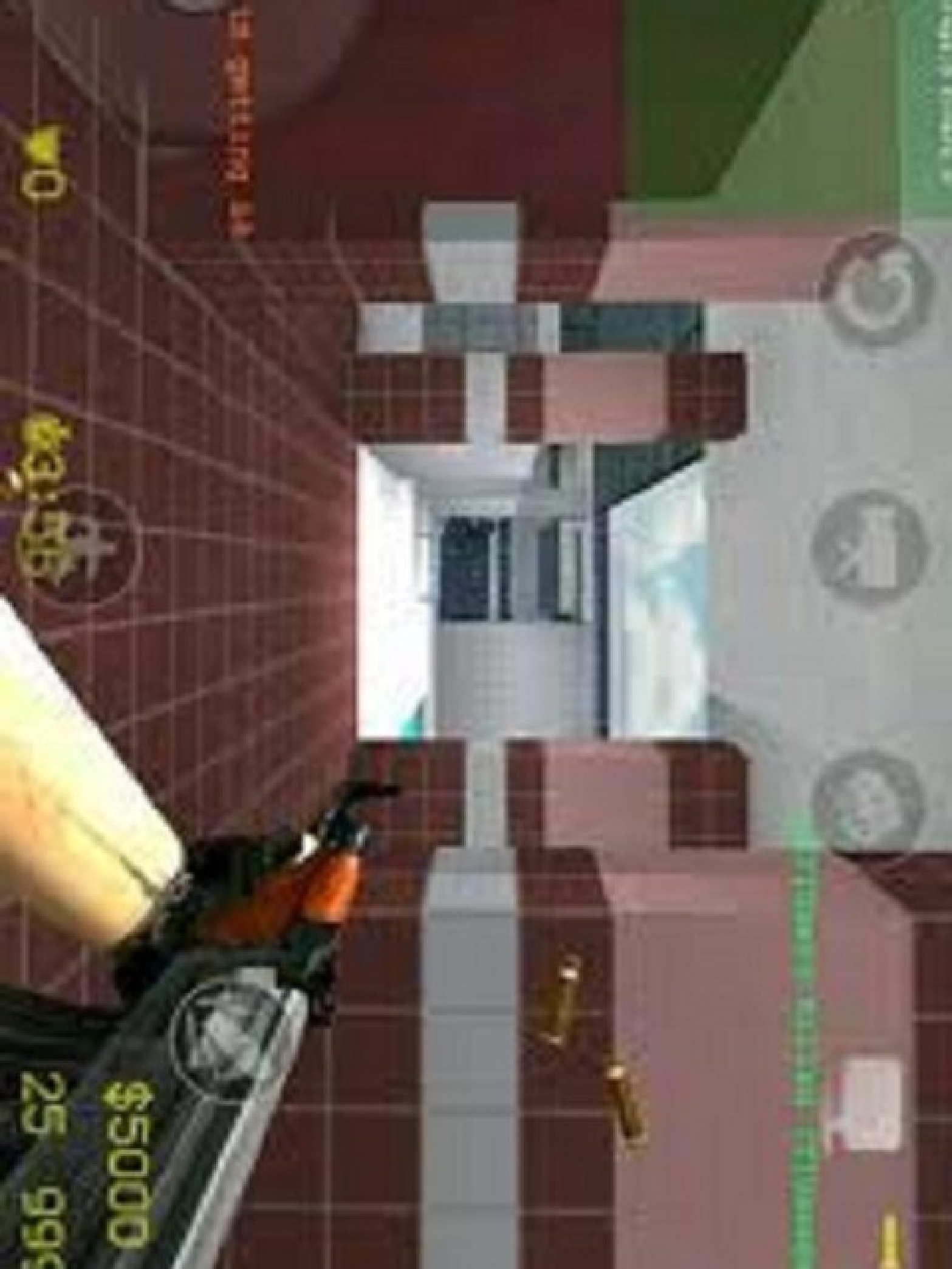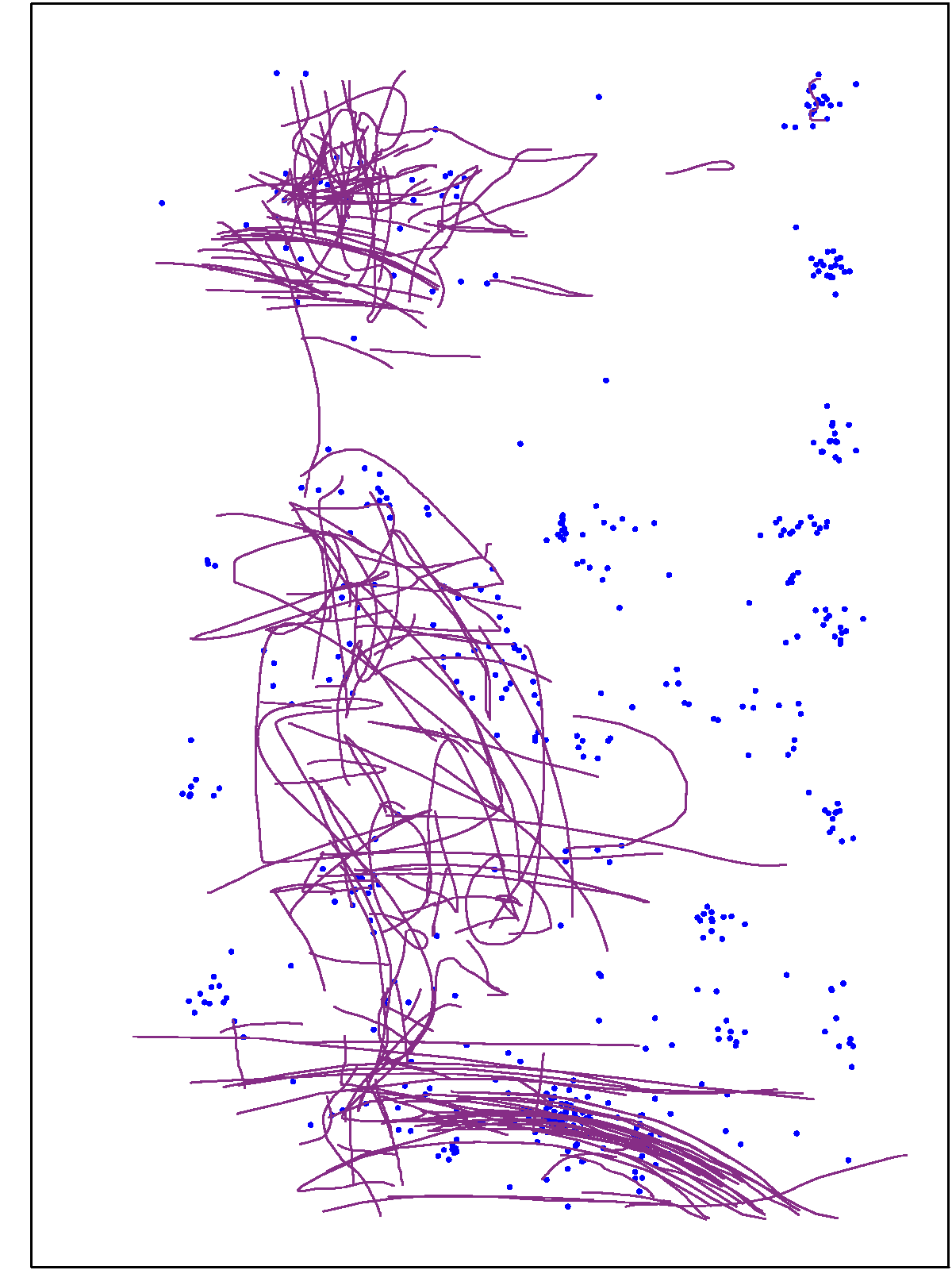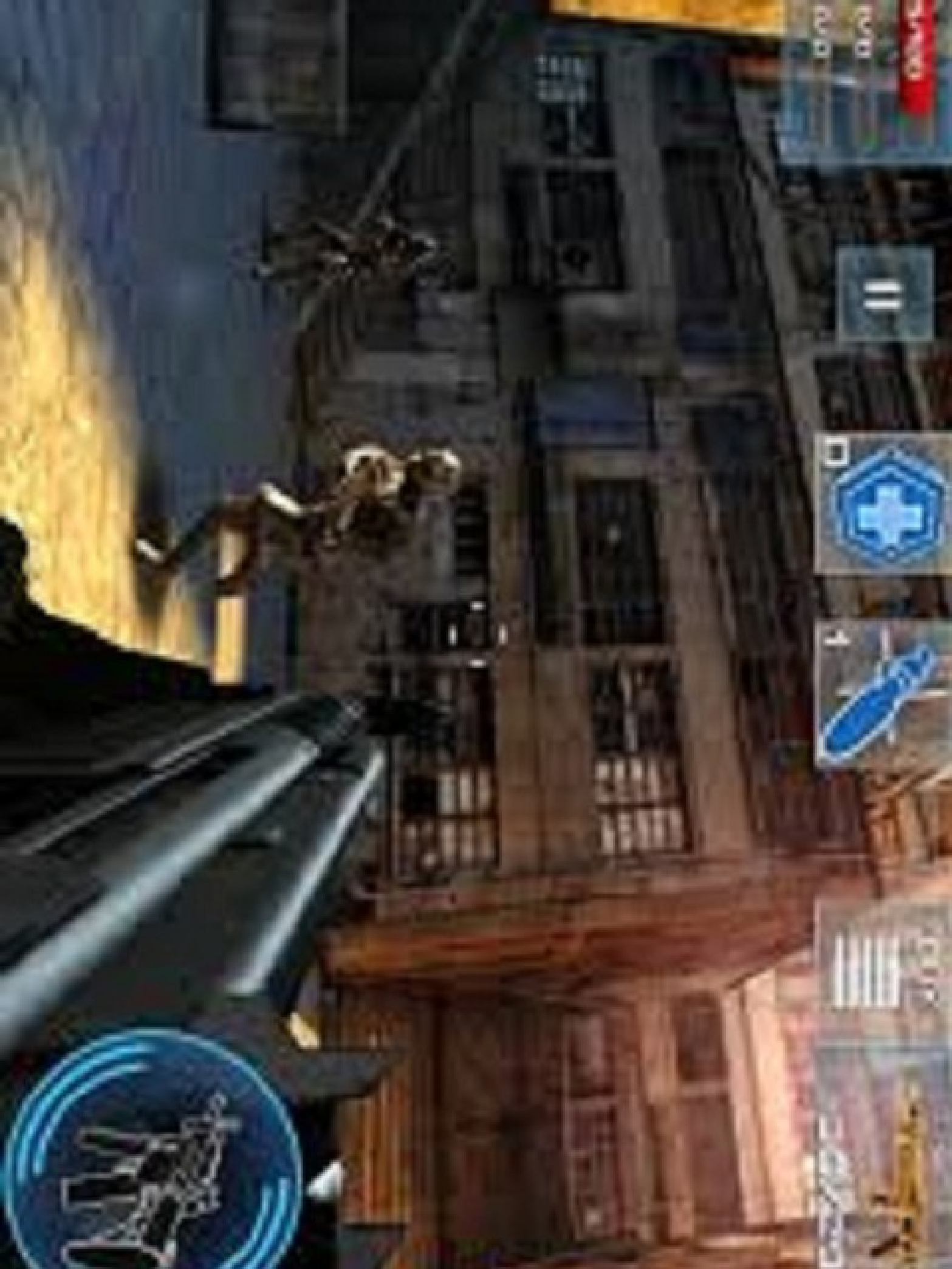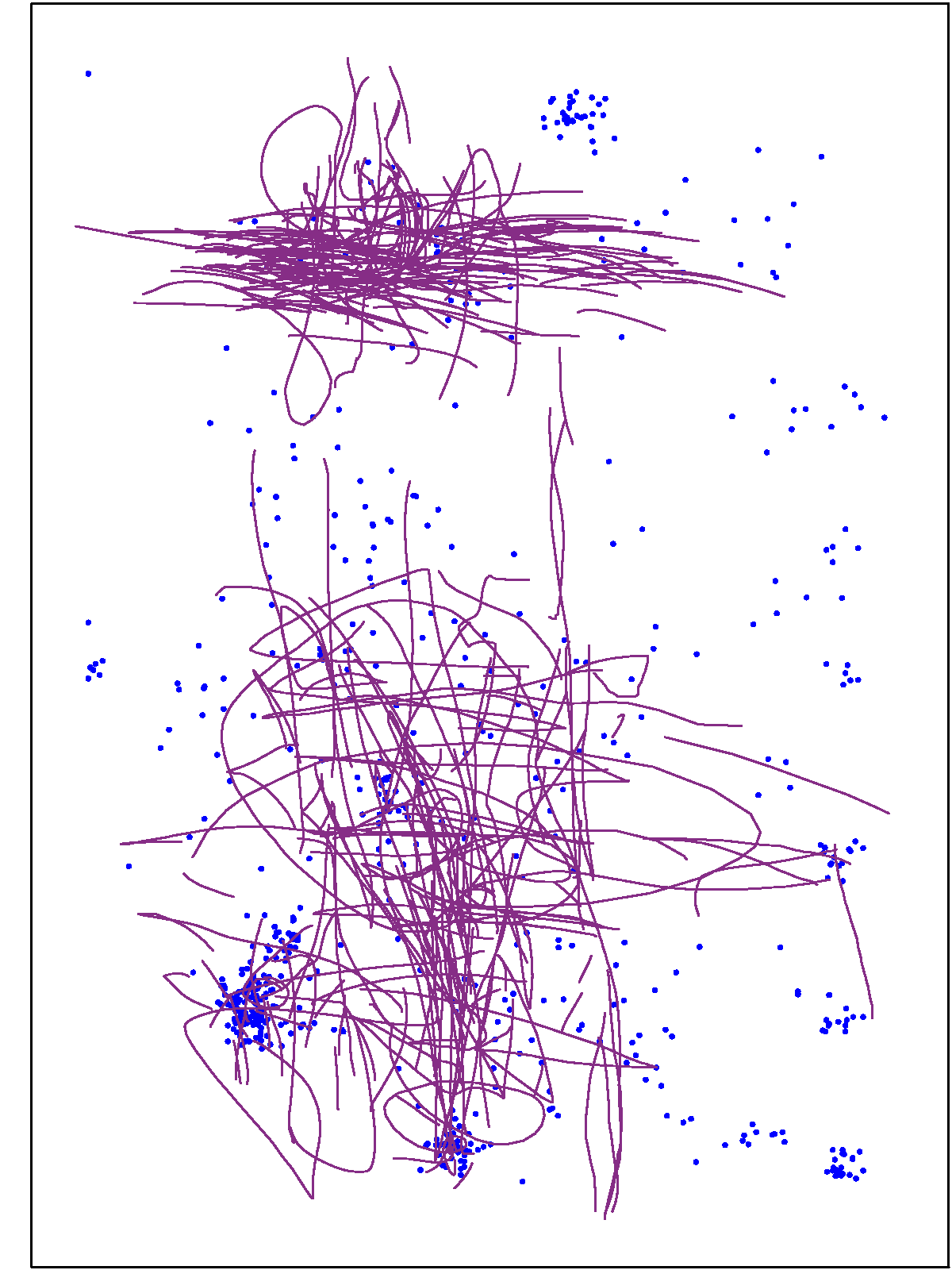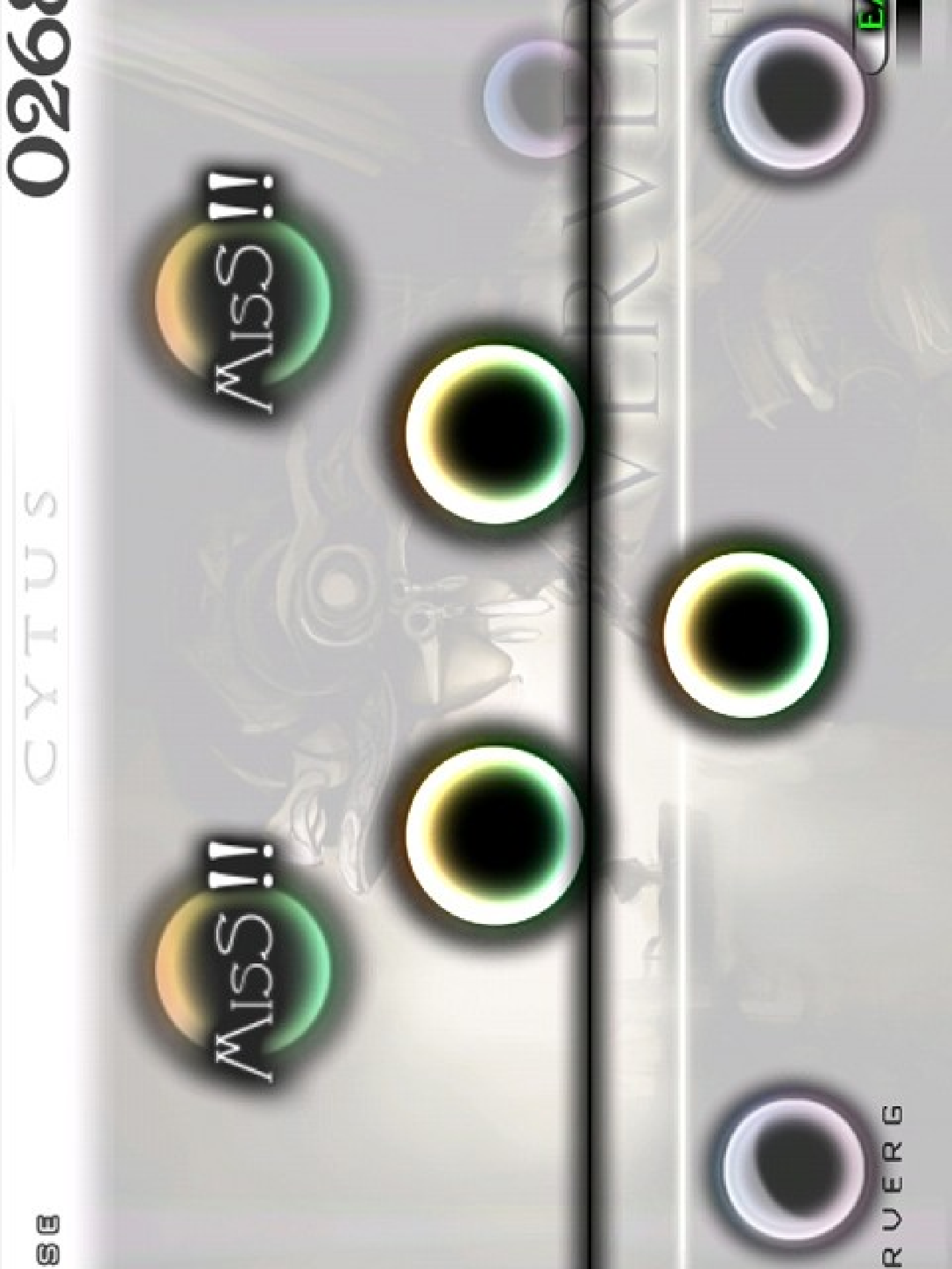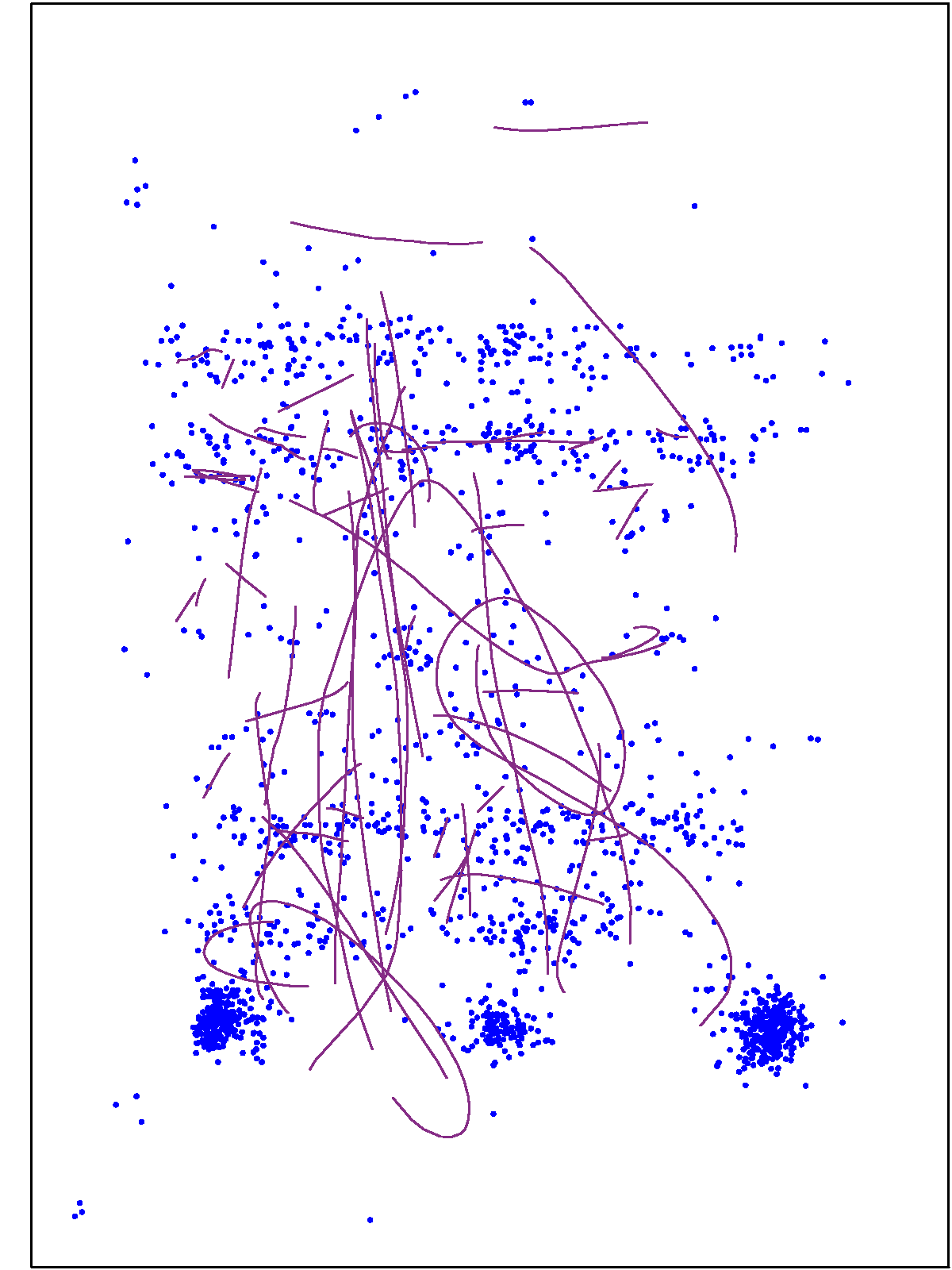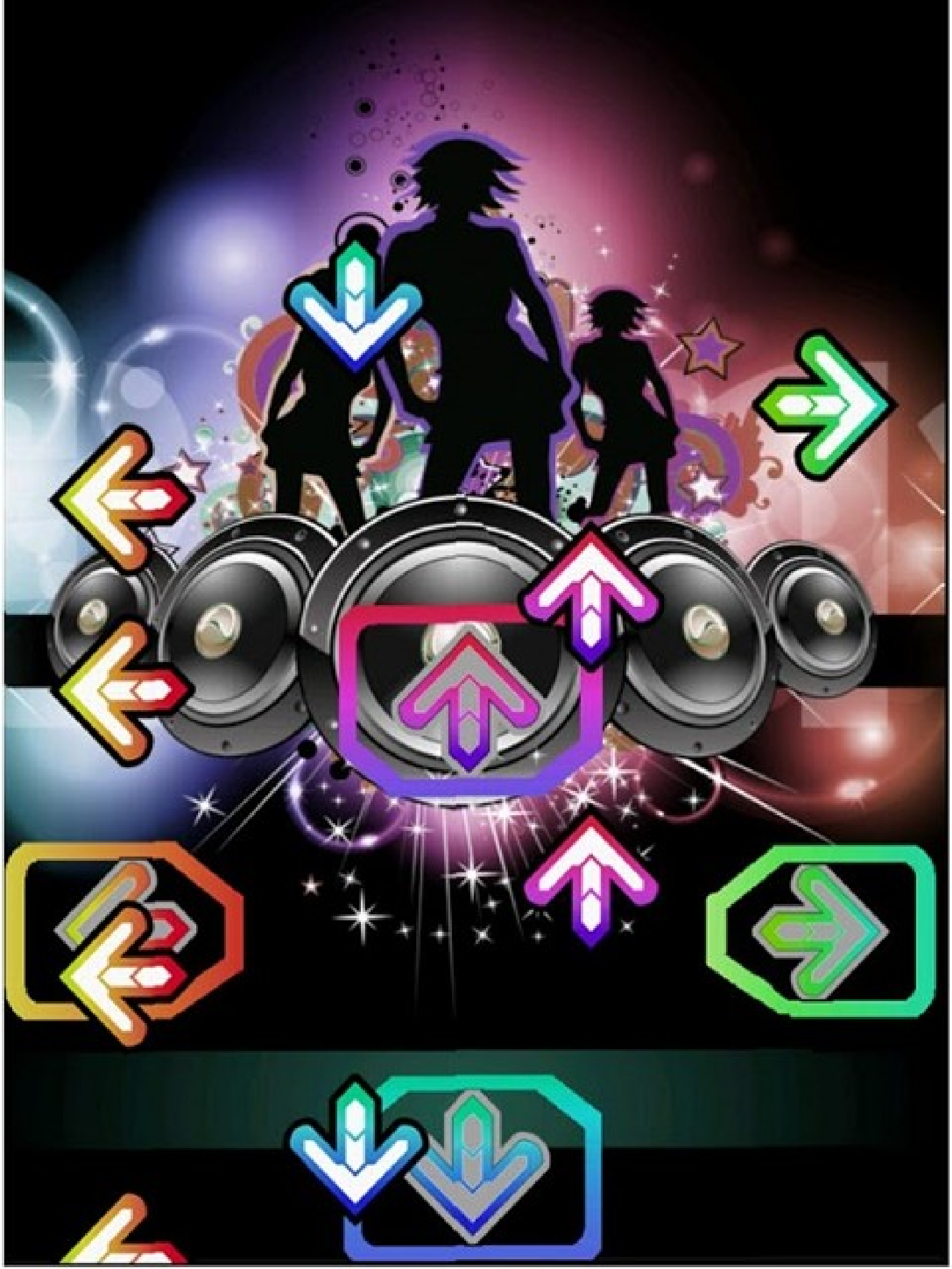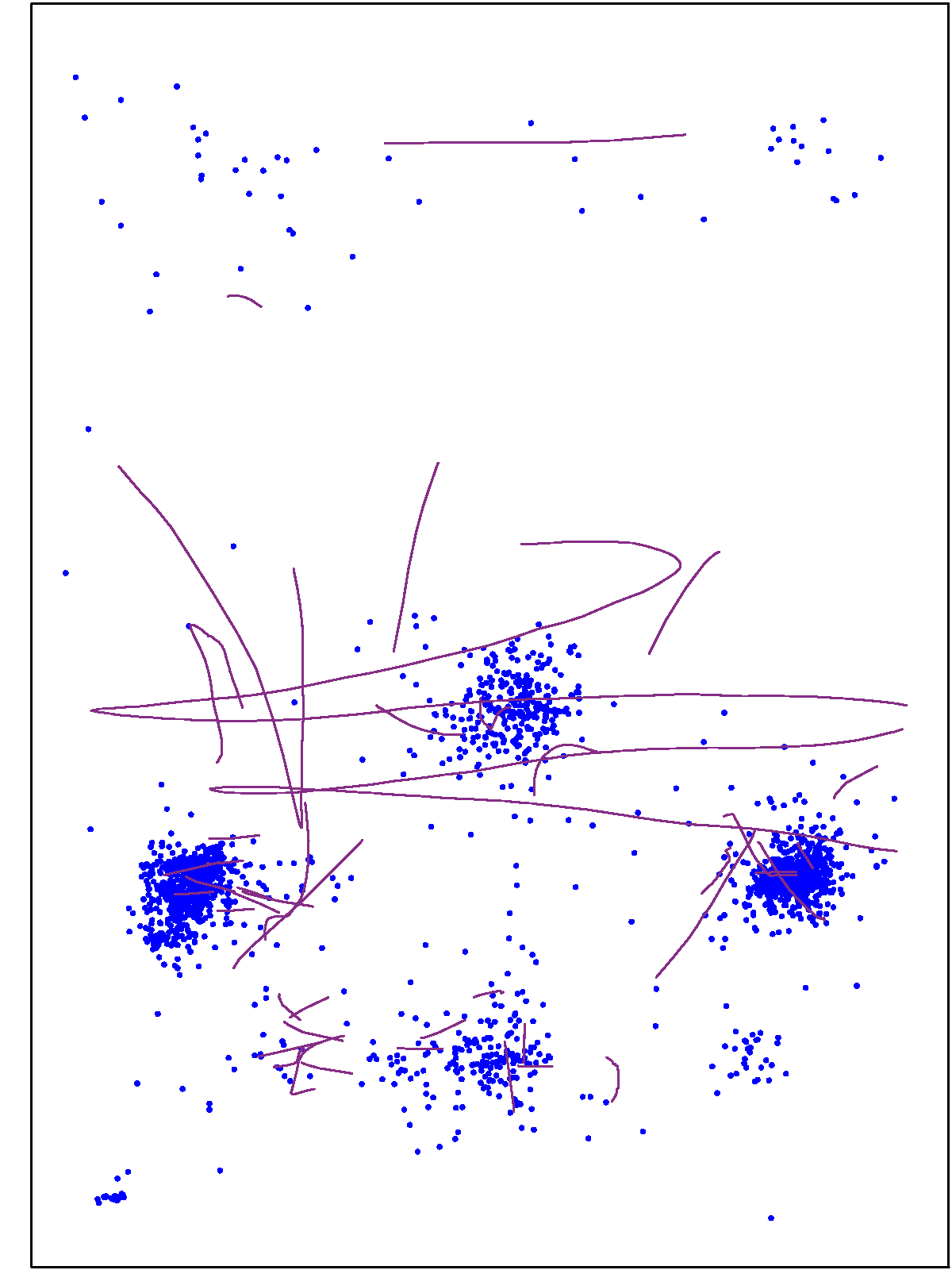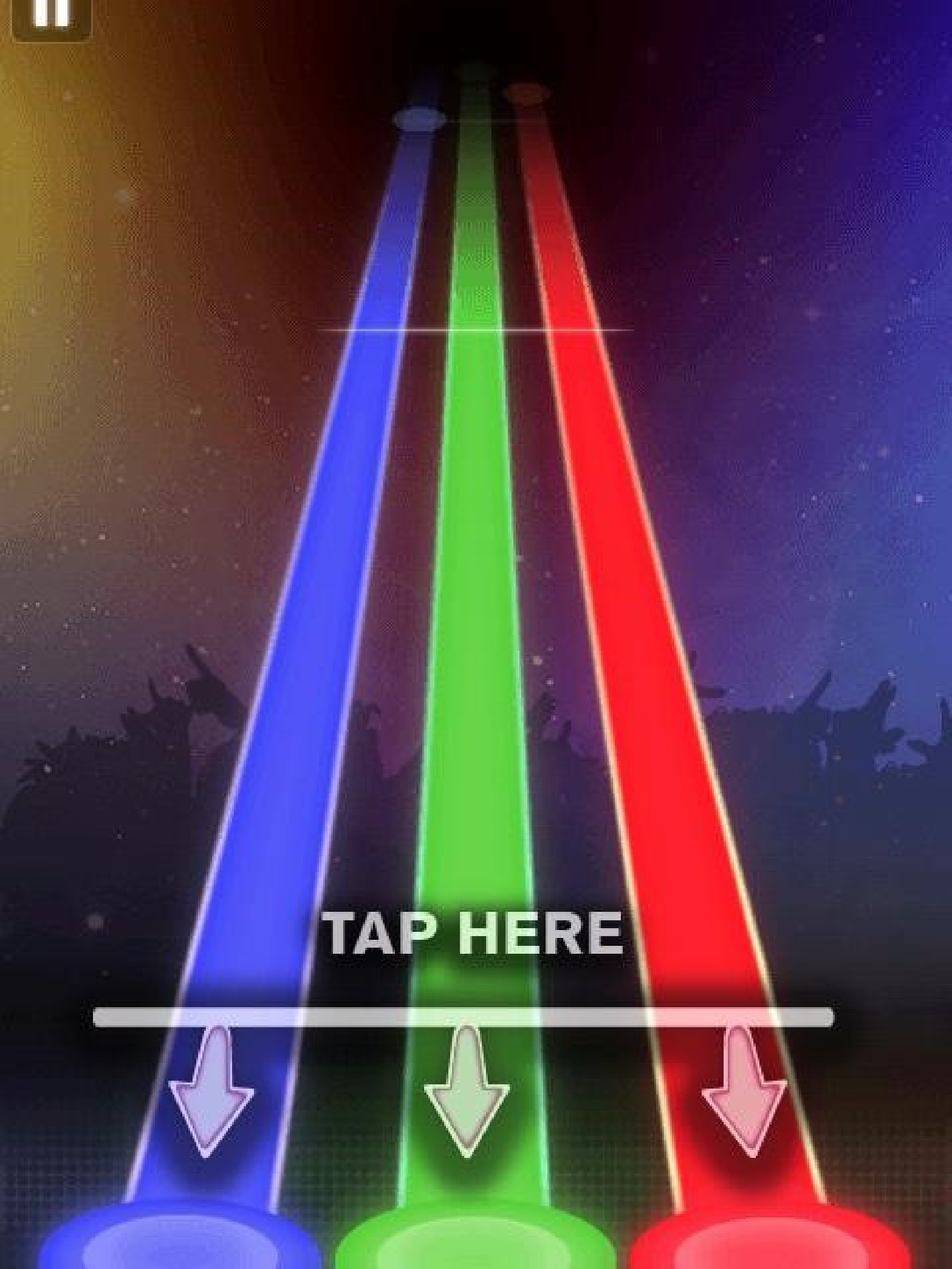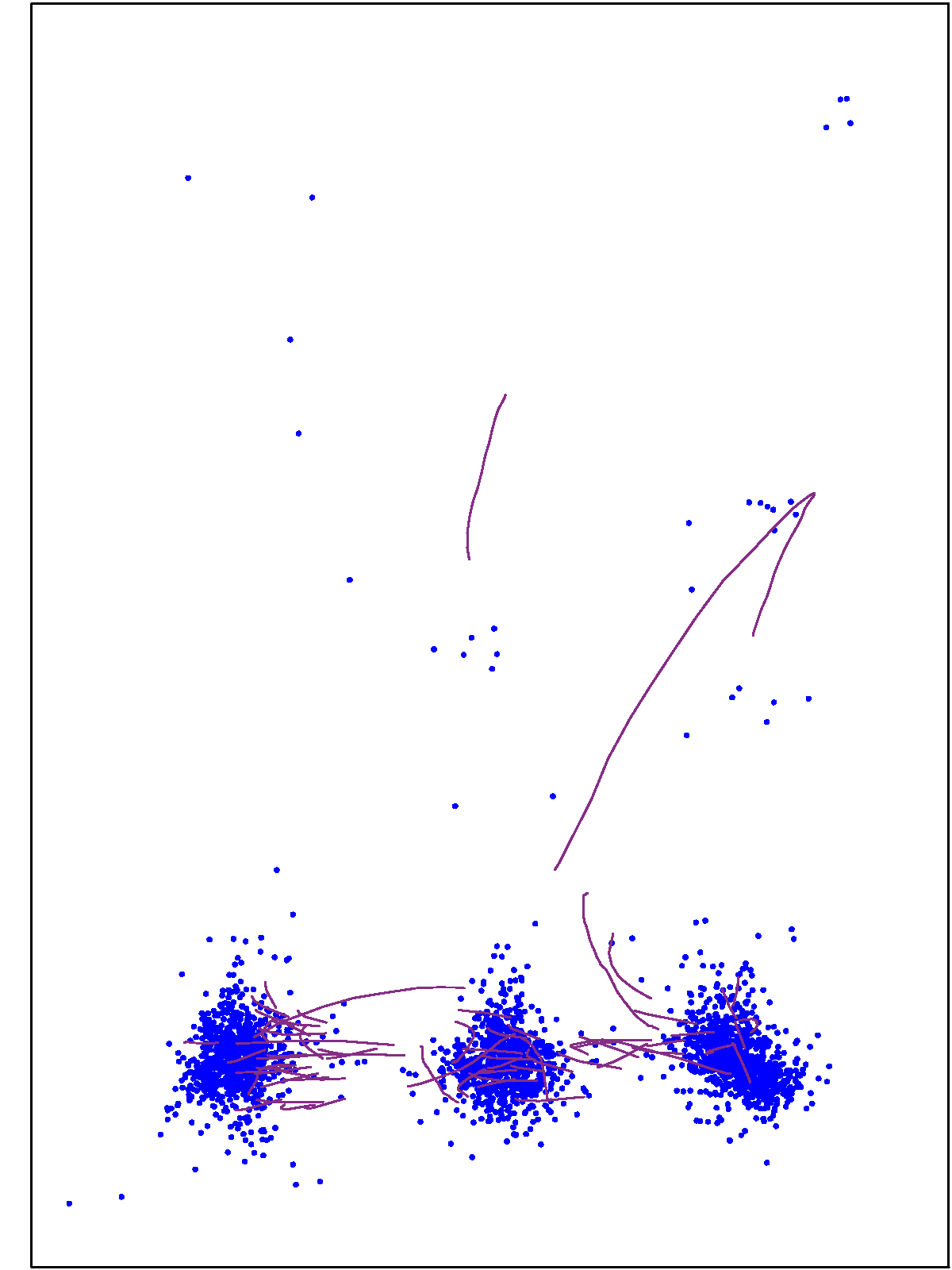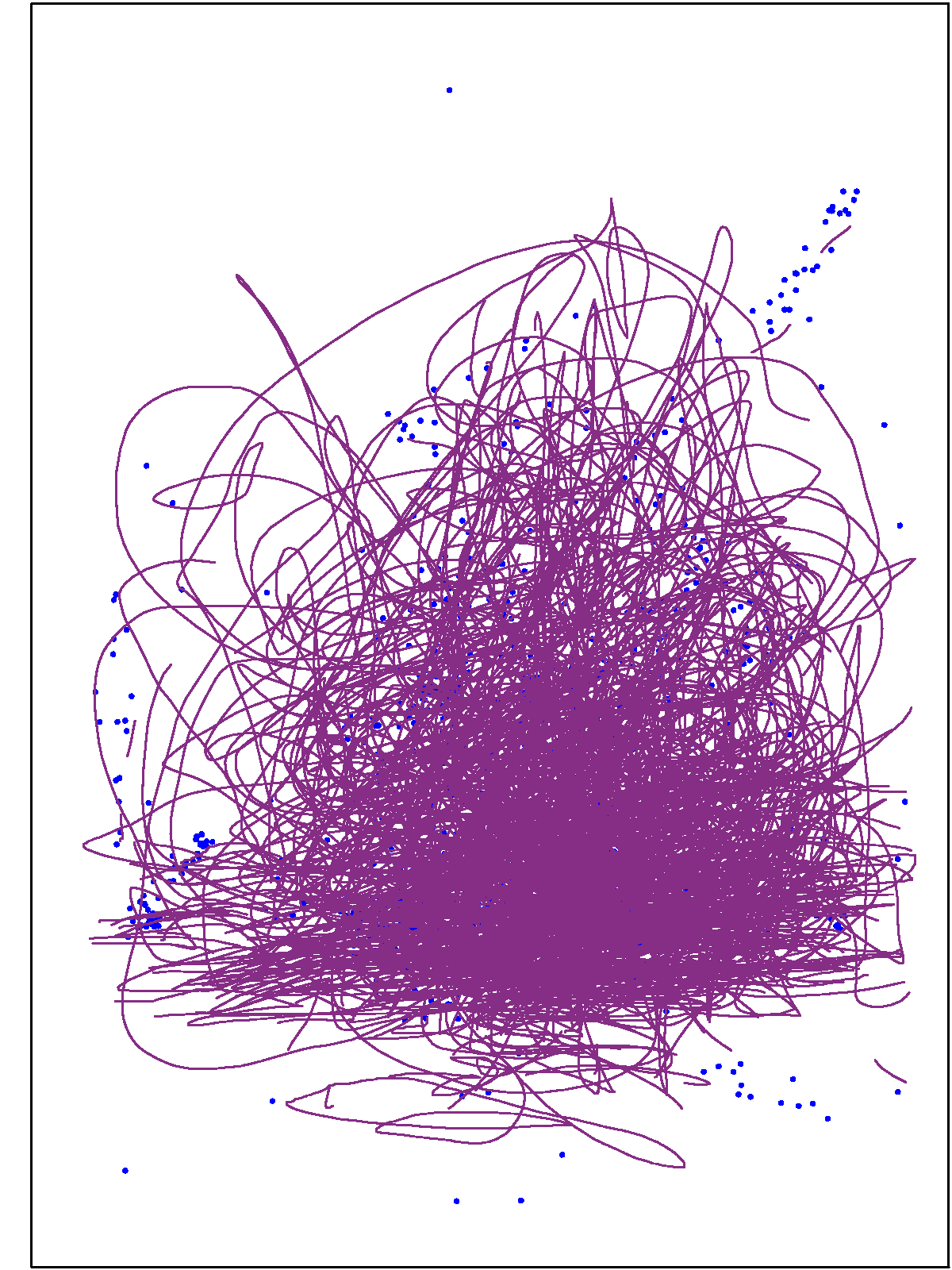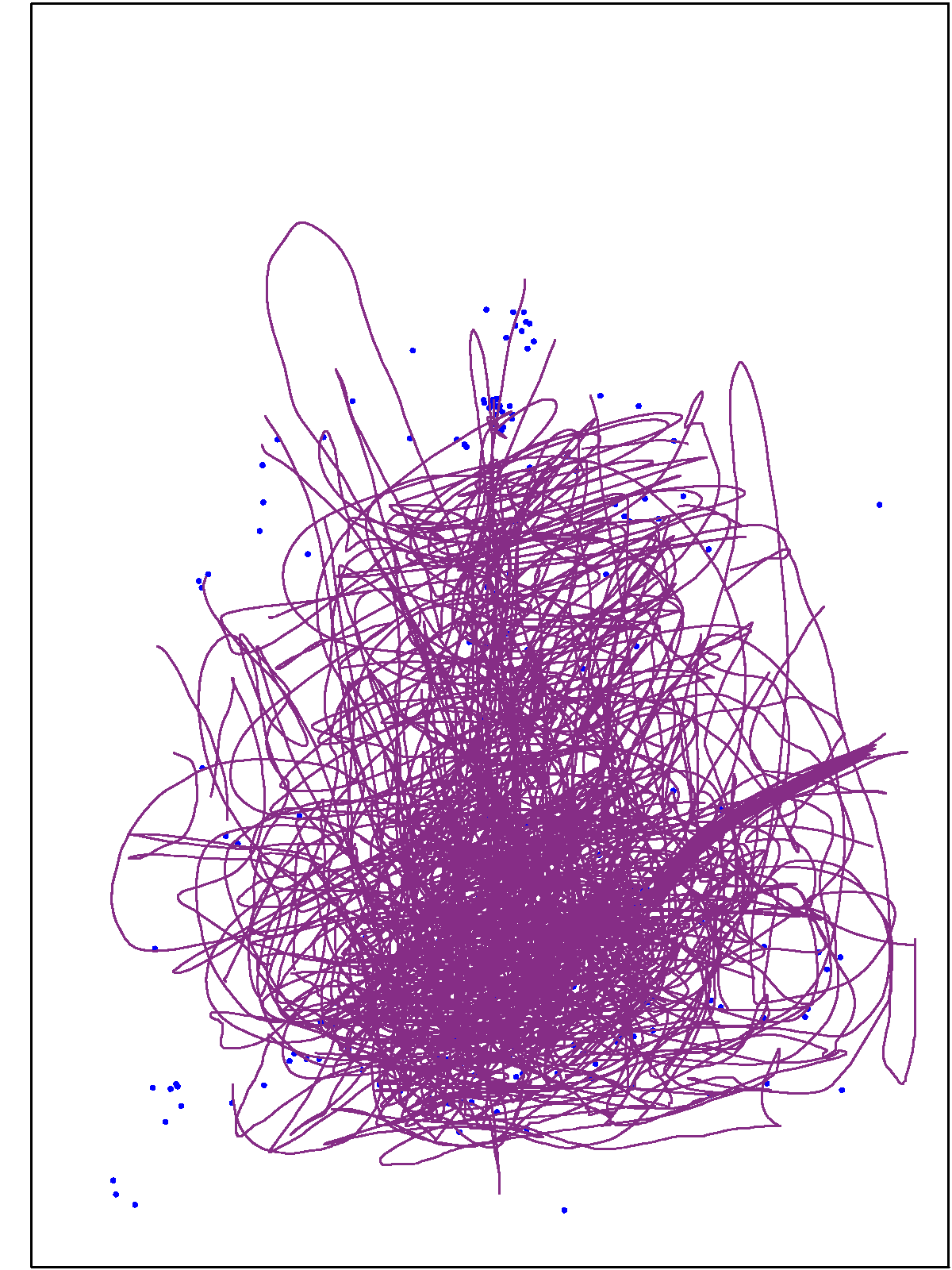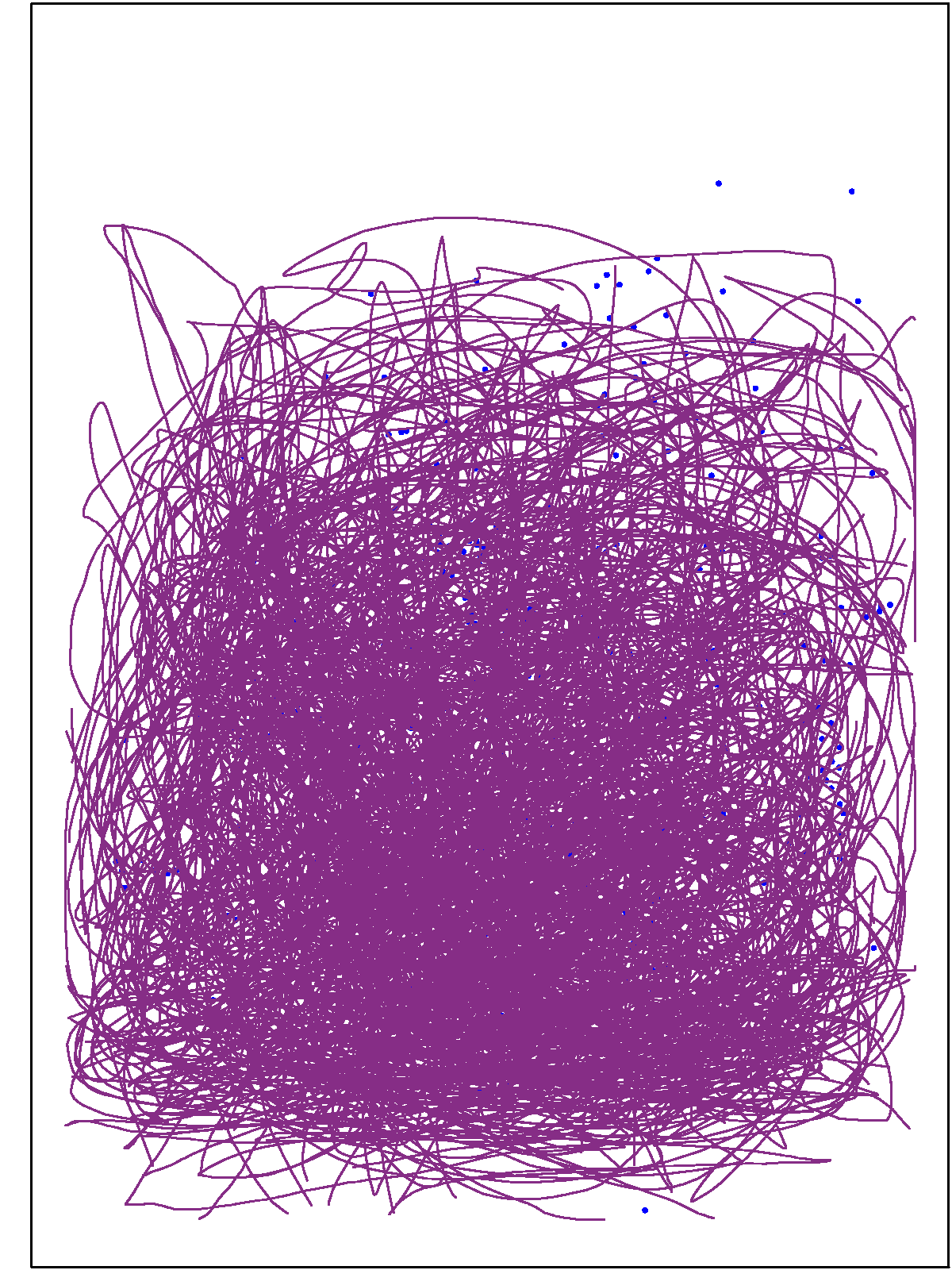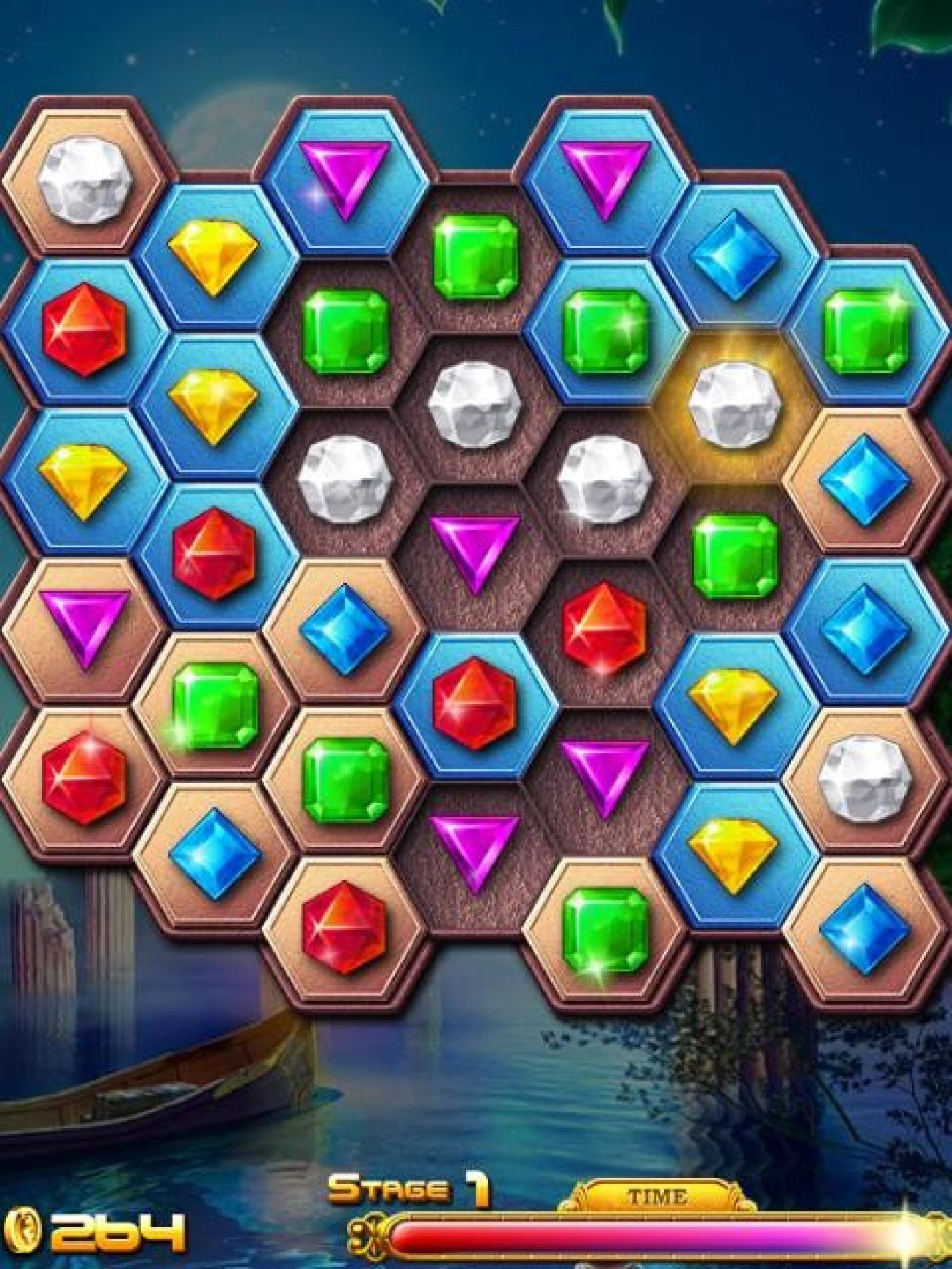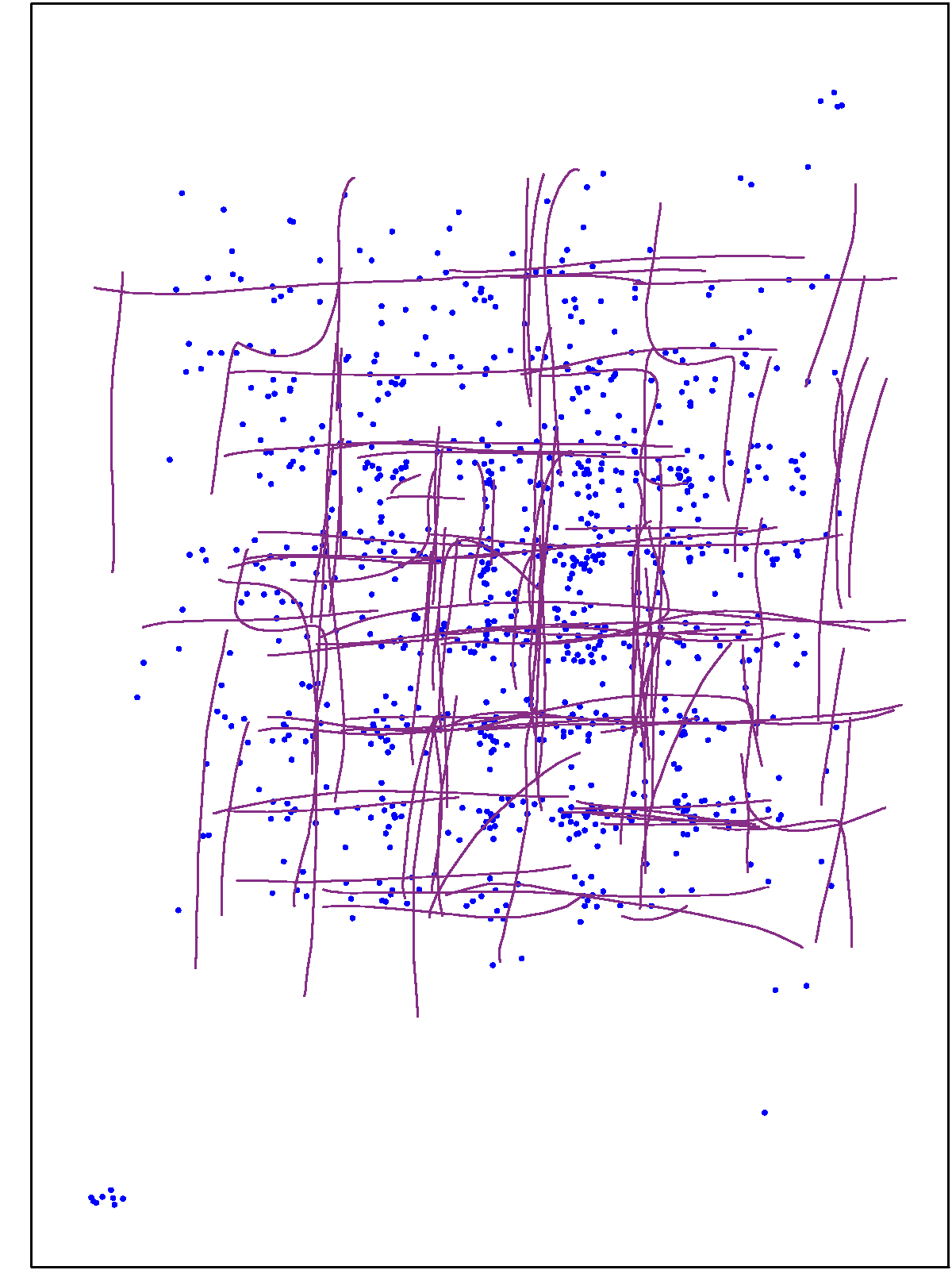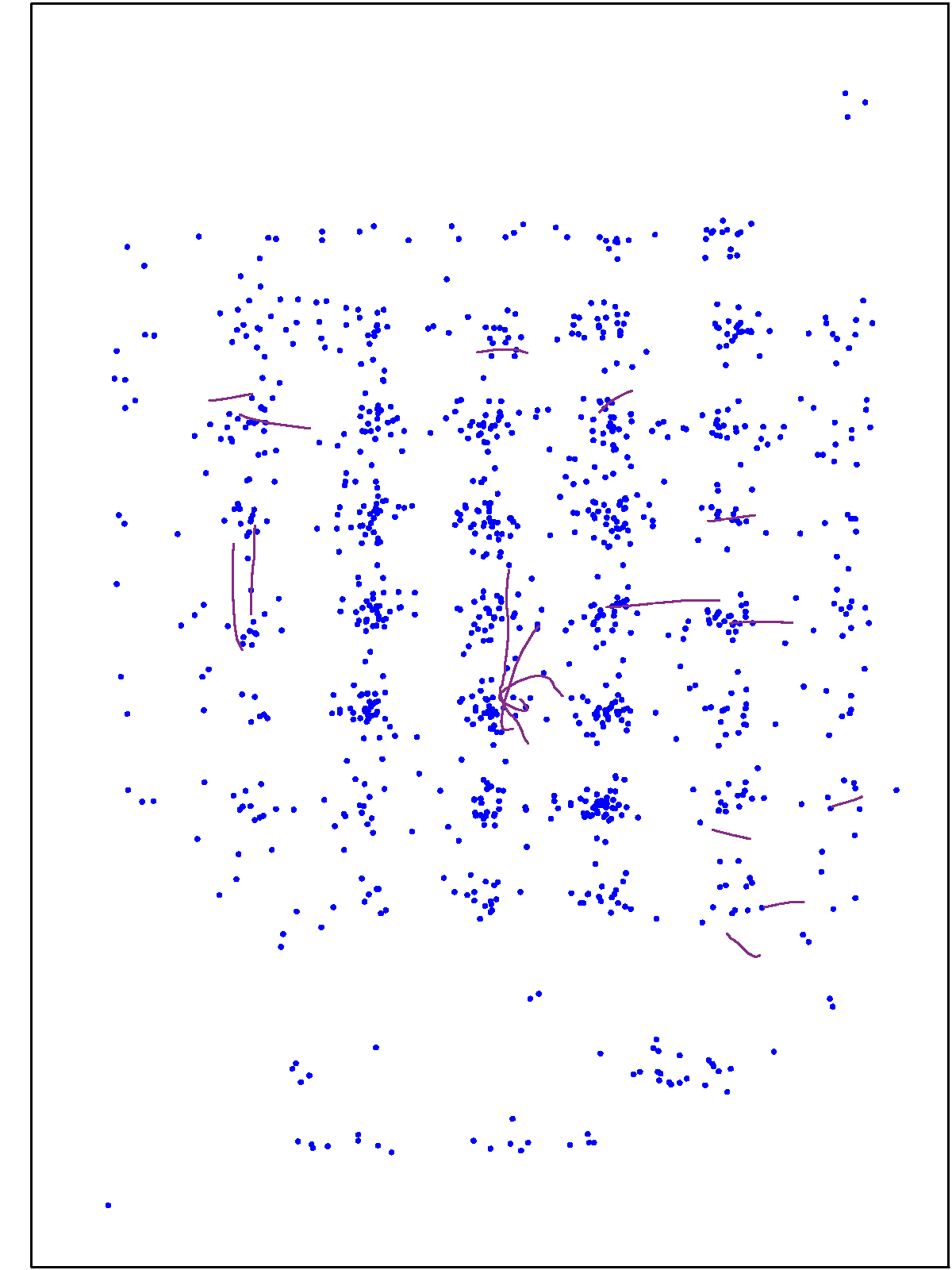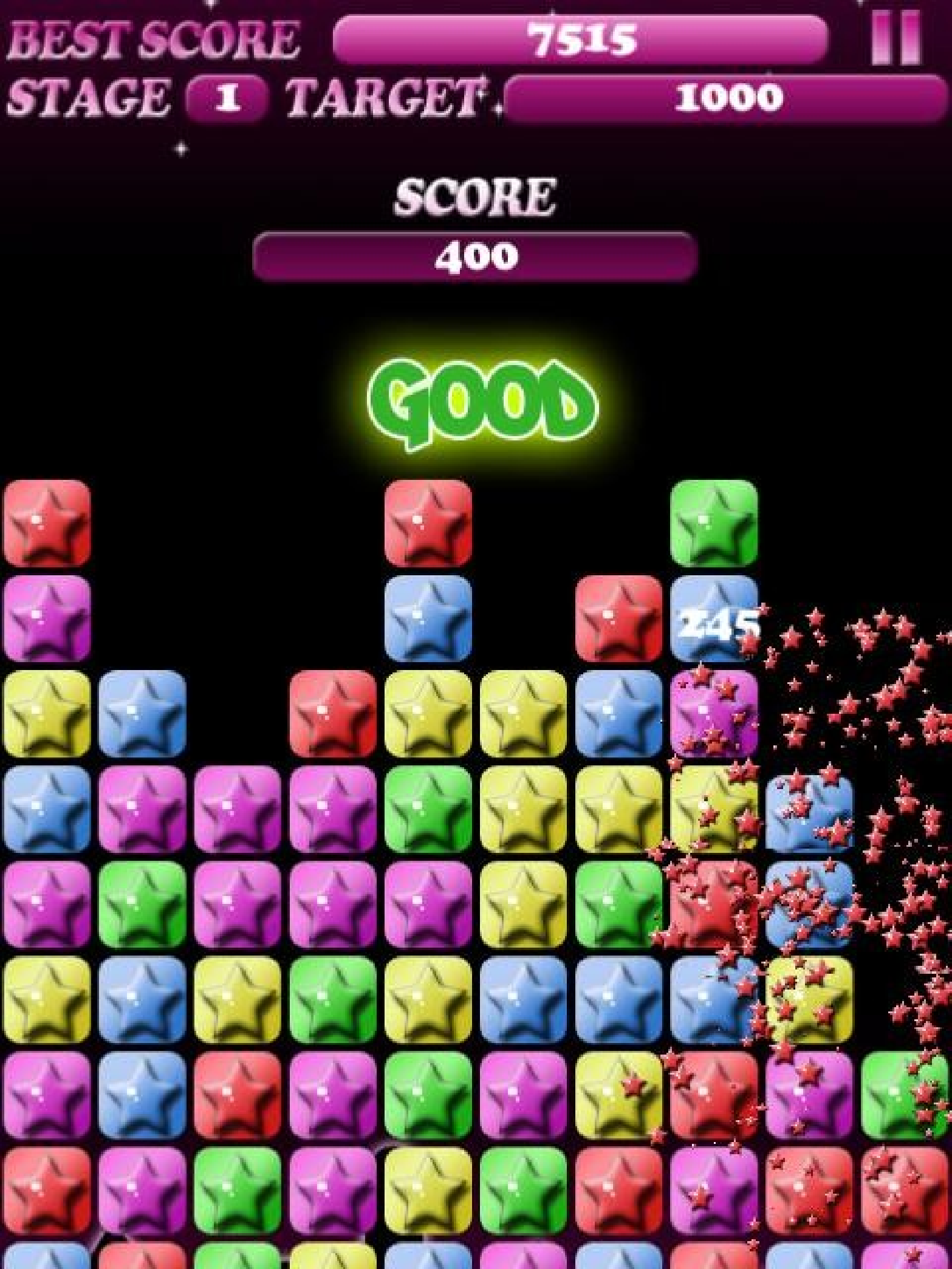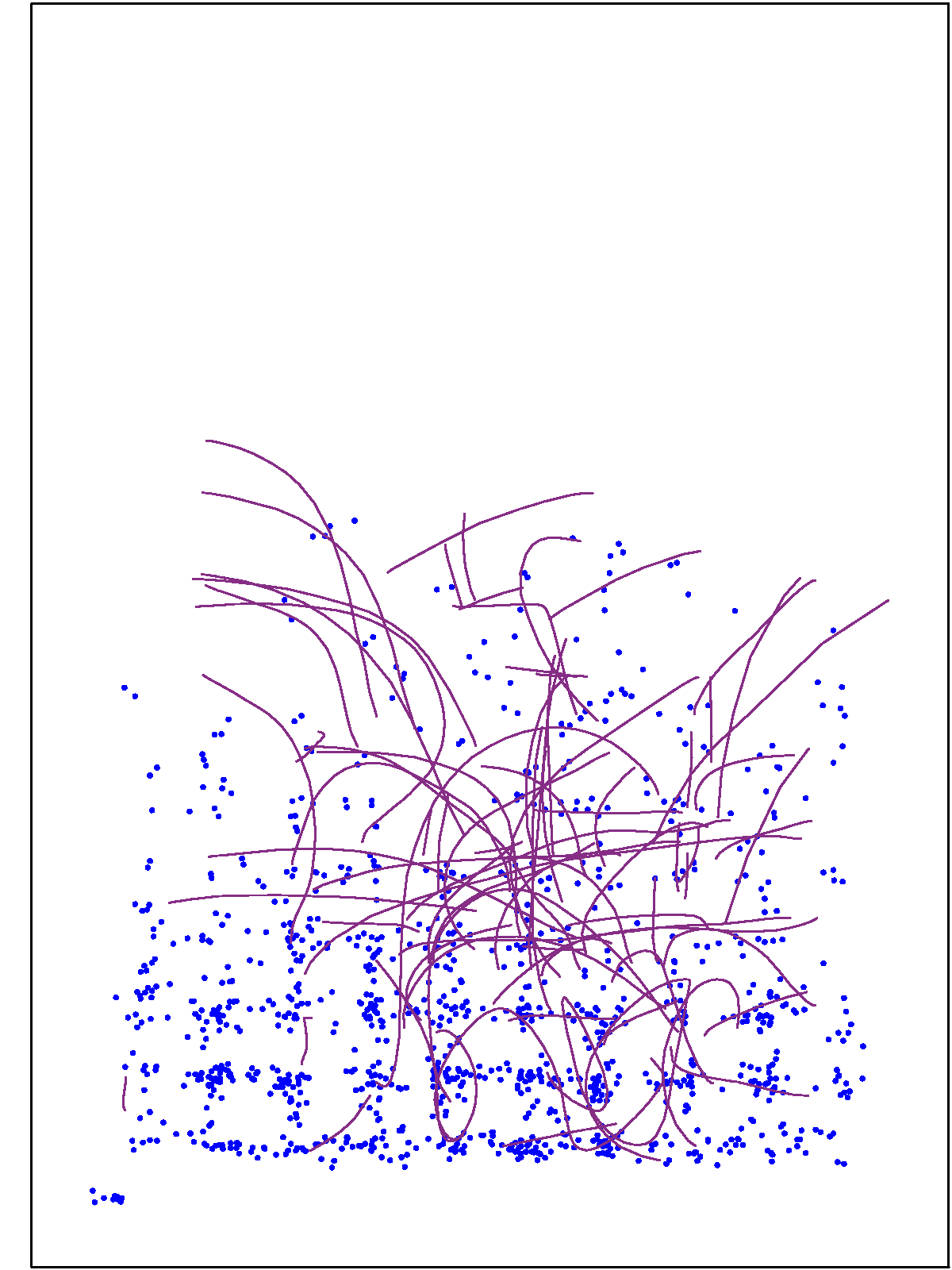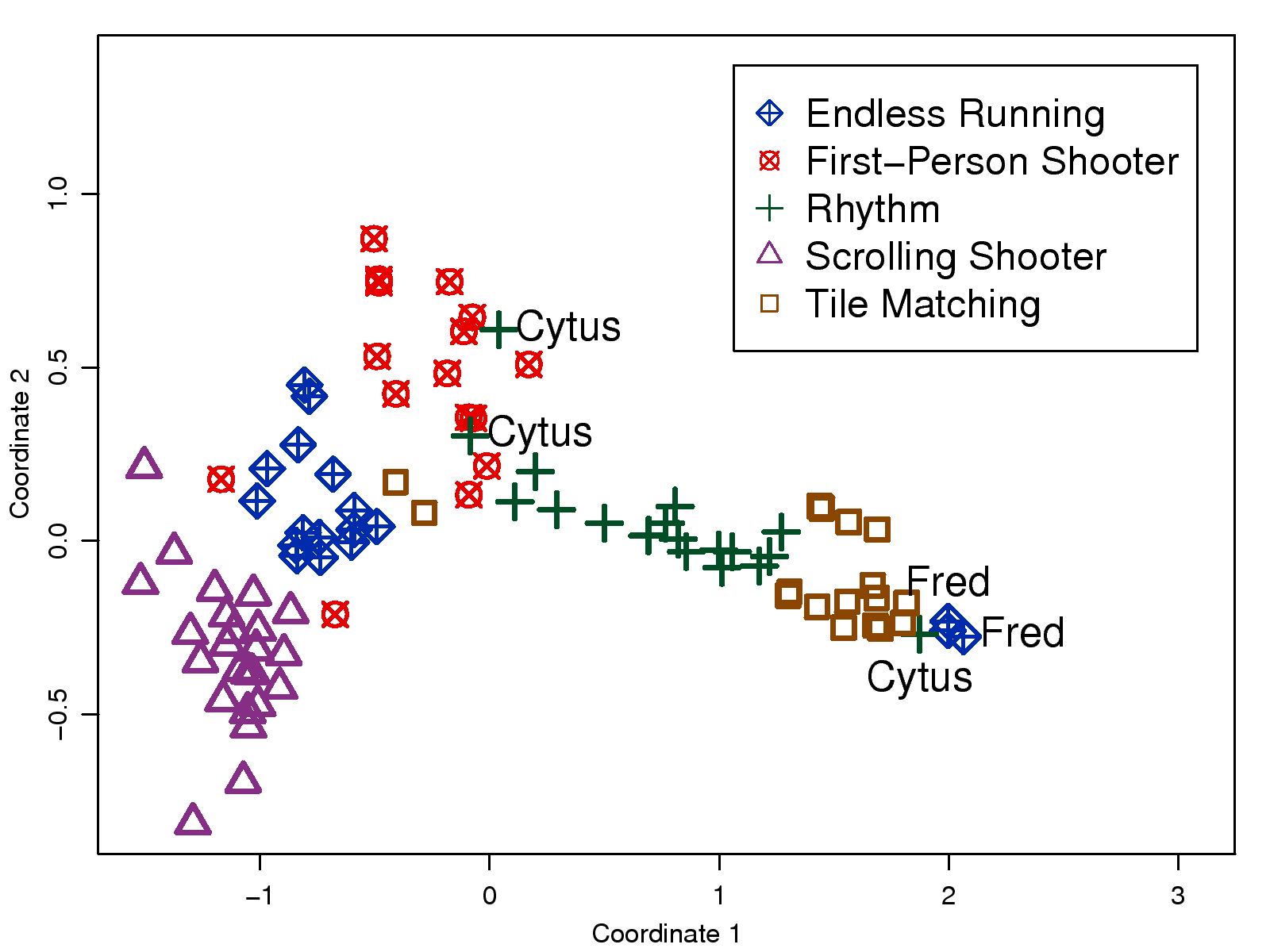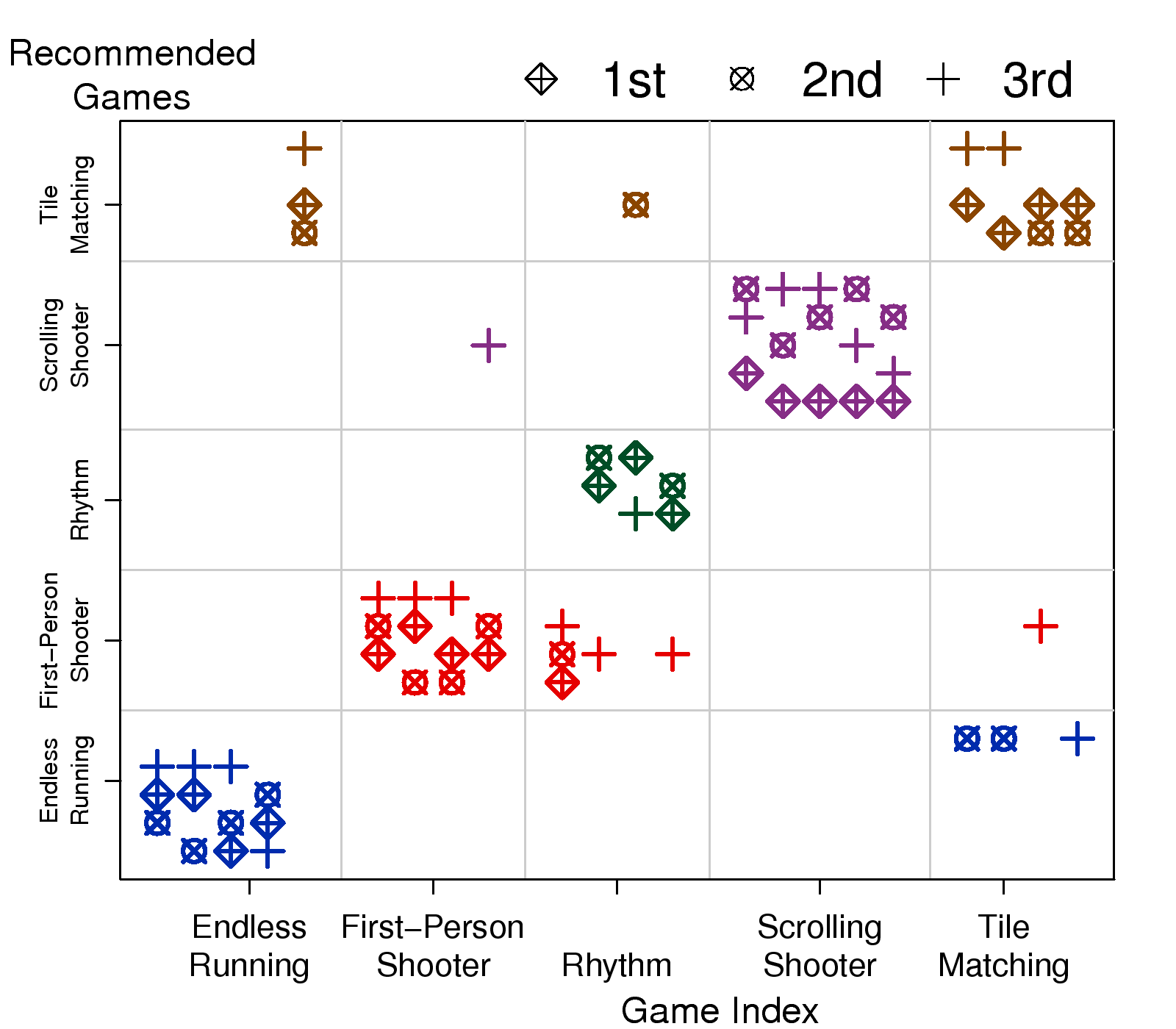[1]
C. Davidsson and S. Moritz, "Utilizing implicit feedback and context to
recommend mobile applications from first use," in
Proceedings of the
2011 Workshop on Context-awareness in Retrieval and Recommendation, ser.
CaRR '11, 2011, pp. 19-22.
[2]
M.-H. Park, J.-H. Hong, and S.-B. Cho, "Location-based recommendation system
using bayesian user’s preference model in mobile devices," in
Ubiquitous Intelligence and Computing. Springer, 2007, pp. 1130-1139.
[3]
B. N. Miller, I. Albert, S. K. Lam, J. A. Konstan, and J. Riedl, "Movielens
unplugged: experiences with an occasionally connected recommender system,"
in
Proceedings of the 8th international conference on Intelligent user
interfaces, ser. IUI '03, 2003, pp. 263-266.
[4]
G. Tewari, J. Youll, and P. Maes, "Personalized location-based brokering using
an agent-based intermediary architecture,"
Decis. Support Syst.,
vol. 34, no. 2, pp. 127-137, Jan. 2003.
[5]
H.-W. Tung and V.-W. Soo, "A personalized restaurant recommender agent for
mobile e-service," in
IEEE International Conference on on
e-Technology, e-Commerce and e-Service, 2004, pp. 259-262.
[6]
I. Lee, J. Kim, and J. Kim, "Use contexts for the mobile internet: A
longitudinal study monitoring actual use of mobile internet services,"
International Journal of Human-Computer Interaction, vol. 18, no. 3,
pp. 269-292, 2005.
[7]
T. H. Apperley, "Genre and game studies: toward a critical approach to video
game genres,"
Simul. Gaming, vol. 37, no. 1, pp. 6-23, Mar. 2006.
[8]
S. Genvo,
Le game design de jeux vidéo: Approches de l'expression
vidéoludique. l'Harmattan, 2006.
[9]
M. J. Wolf, "Genre and the video game,"
The medium of the video game,
pp. 113-134, 2002.
[10]
D. Djaouti, J. Alvarez, J.-P. Jessel, G. Methel, and P. Molinier, "A gameplay
definition through videogame classification,"
Int. J. Comput. Games
Technol., vol. 2008, pp. 4:1-4:7, Jan. 2008.
[11]
J. R. Bray and J. T. Curtis, "An ordination of the upland forest communities
of southern wisconsin,"
Ecological monographs, vol. 27, no. 4, pp.
325-349, 1957.
[12]
J. B. Tenenbaum, V. d. Silva, and J. C. Langford, "A global geometric
framework for nonlinear dimensionality reduction,"
Science, vol. 290,
no. 5500, pp. 2319-2323, 2000.
[13]
M. van Erp and L. Schomaker, "Variants of the borda count method for combining
ranked classifier hypotheses," in
Proceedings of the Seventh
International Workshop on Frontiers in Handwriting Recognition, 2000, pp.
443-452.
